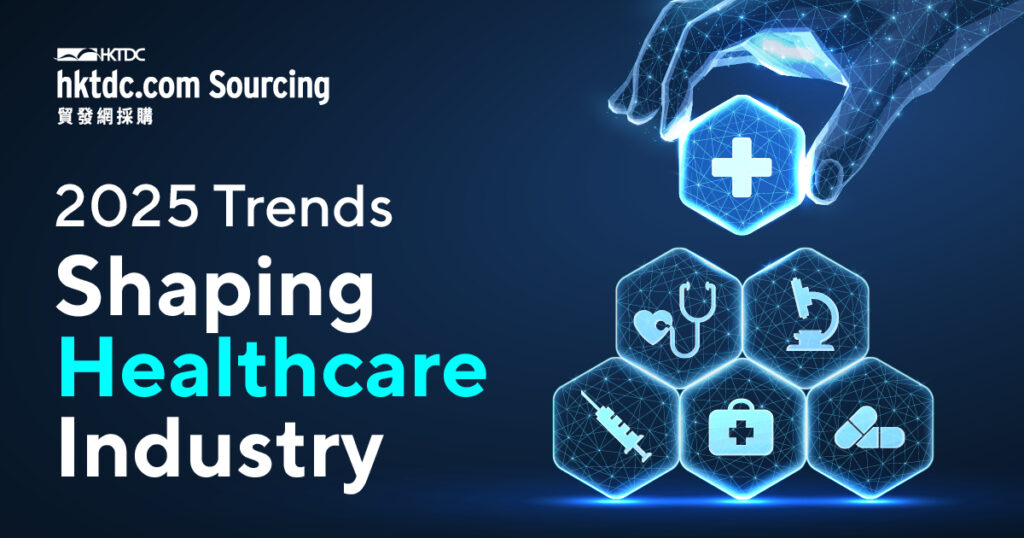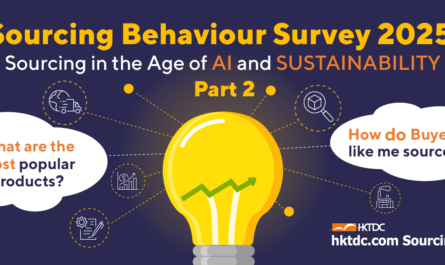The healthcare industry in 2025 continues to evolve rapidly, driven by breakthroughs in technology, innovations in patient care, and a strong focus on sustainability. These trends not only highlight the direction of the global healthcare market but also present new opportunities for buyers and suppliers to collaborate effectively.
Let’s explore the most impactful trends shaping the medical and healthcare landscape this year.
1. AI and Machine Learning in Healthcare
Artificial Intelligence (AI) and Machine Learning (ML) are at the forefront of healthcare innovation in 2025. From early disease detection to precision medicine, AI-powered tools are transforming how care is delivered globally.
For example, AI is transforming oncology by enabling personalized cancer treatments through genomic analysis, identifying mutations and tailoring therapies to a patient’s unique cancer profile. This approach improves treatment efficacy, reduces side effects, and accelerates drug discovery.
On the other hand, AI has also been used in the early detection and prediction of cardiovascular diseases. Machine learning is used to analyse ECGs, medical imaging, and patient data. With studies having shown impressive accuracy rates, including heart disease classification of 93%, AI is improving diagnostics and offering non-invasive methods for assessing cardiovascular risks, potentially saving lives. All these new discoveries or applications have been discussed at the last World Economic Forum.

2. Telemedicine and Virtual Care Expansion
According to Fortune Business Insights, the global telemedicine market is expected to exceed US$121.1 billion by 2025, fueled by demand for remote consultations, digital therapeutics, and virtual follow-ups. Buyers and suppliers are investing heavily in telehealth platforms to meet the growing demand for remote care, providing professional diagnosis without physical equipment like the stethoscope.
Key telehealth highlights include:
- Wearable Devices: Integration of wearables like smartwatches and continuous glucose monitors (CGMs) has enhanced real-time remote monitoring of conditions such as diabetes and hypertension.
- Mental Health Services: Virtual counseling and therapy have expanded significantly, addressing the global mental health crisis with scalable solutions.
- Cross-Border Telemedicine: With improved regulations, patients are accessing high-quality care from specialists across international borders.
3. Advances in Precision Medicine
Precision medicine, which focuses on tailoring treatments to an individual’s genetic makeup, is advancing rapidly in 2025. The global Precision Medicine market size is valued at US$31.94 billion last year and is projected to reach a value of US$103.73 billion by 2035, growing at a CAGR of 11.3% from 2025 to 2035.
Applications of precision medicine include the following:
- Pharmacogenomics: Drug developers are leveraging genetic insights to create medications that are more effective for specific populations.
- Cancer Therapy Breakthroughs: Precision oncology is revolutionizing cancer treatment, using biomarkers to match patients with the most effective therapies.
4. Gerontechnology for an Aging Population
Gerontechnology, an interdisciplinary field linking existing and developing technologies to the aspirations and needs of the elderly, is emerging rapidly across the world.
As cited by China Daily, in terms of diagnostics, for example, wearables to measure the gait of the elderly people with dementia, or assistive technology at home and in the community such as tracking devices to reunite persons with dementia who have “wandered” with their caregivers. Advances in 3D printing have transformed food options for persons with dysphagia, or those who have trouble swallowing, by presenting soft food in a more visually appealing way.

5. Globalization of Healthcare Supply Chains
Global buyers and suppliers are navigating a more interconnected healthcare supply chain in 2025. The focus is on resilience, transparency, and efficiency.
According to a survey of pharmacy leaders within the health system by McKinsey & Company, the health leaders agreed they could boost supply chain resilience by improving their sourcing, contracting, and distribution capabilities.
6. Focus on Sustainability in Healthcare
Sustainability has become a core priority in healthcare procurement and supply chains. Hospitals and suppliers are adopting greener practices to reduce their environmental footprint.
Research by Deloitte suggests that while healthcare systems vary in their environmental impact, providers are increasingly prioritizing sustainability and climate resilience through mature ESG strategies. These strategies focus on science-based targets, net-zero emissions, and climate-resilient healthcare delivery.
Digitally-enabled care models like telehealth and virtual consultations reduce the environmental footprint of healthcare by improving patient triaging and decreasing reliance on carbon-intensive hospitals and patient travel, and the abuse of antibiotics prescriptions.
Feel the Pulse of the Medical and Healthcare Trade
The healthcare industry in 2025 is characterized by innovation, sustainability, and globalization. For buyers and suppliers, staying ahead in this dynamic market requires a deep understanding of these trends and the ability to adapt to changing demands. By leveraging new technologies, fostering cross-border collaboration, and prioritizing sustainability, stakeholders can ensure long-term success in the global healthcare ecosystem.
Be part of this advanced healthcare system by joining the upcoming Hong Kong International Medical and Healthcare Fair happening from 26-28 May 2025!
Get your entry pass by clicking the banner below:









